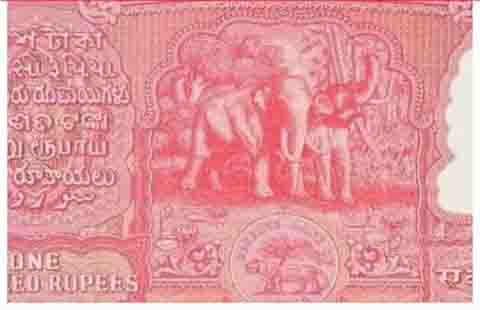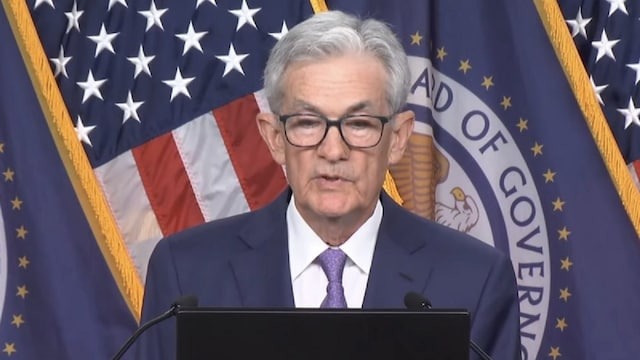
New Delhi. A unique auction took place in London. In this, the price of an Indian note of Rs 100 was Rs 56,49,650. This note was issued by the Reserve Bank of India (RBI) in the 1950s, whose serial number was HA 078400. This was no ordinary note. It was part of a special series known as 'Haj Note'. In the mid-20th century, RBI issued these notes especially for Indian pilgrims traveling to Gulf countries for Haj pilgrimage. It was issued to prevent illegal purchase of gold.
These notes had a unique prefix 'HA' before the number, which made them easily recognizable. These notes were different in colour from the standard Indian currency notes. Although they were valid in some Gulf countries where the Indian rupee was accepted, such as the United Arab Emirates, Qatar, Bahrain, Kuwait and Oman, they were not valid within India.
These notes are rare
Kuwait introduced its own currency in 1961, after which other Gulf countries also introduced it. Earlier, only Indian currency was used in Kuwait. As a result, the issuance of Haj notes was discontinued in the 1970s. Today, these notes are considered rare and have great importance among currency collectors, their value depends on factors such as condition and rarity.
10 rupee notes sold for more than Rs 12 lakh
In another auction in London, two old 10 rupee notes fetched extraordinary prices, one of which was priced at Rs 6.90 lakh and the other at Rs 5.80 lakh. These notes are not ordinary currency, but are related to a historical era, due to which they are very popular. These notes issued on May 25, 1918, have great historical importance, as they belong to the last years of the First World War. Their attraction also includes their connection with the British ship SS Shirala. On July 2, 1918, SS Shirala was torpedoed by a German U-boat, due to which it sank. The wreck of the ship and its connection to history make these notes exceptionally important.

 Desk
Desk Share
Share






